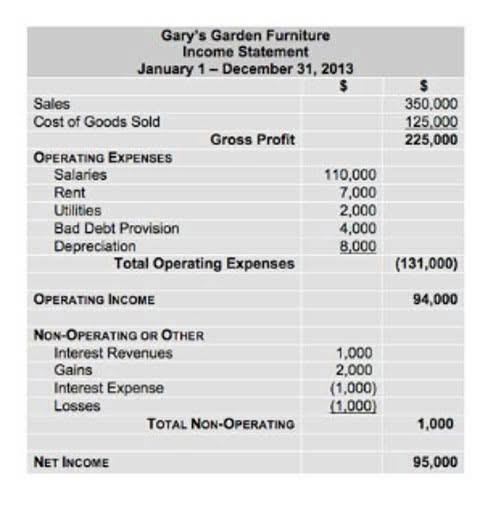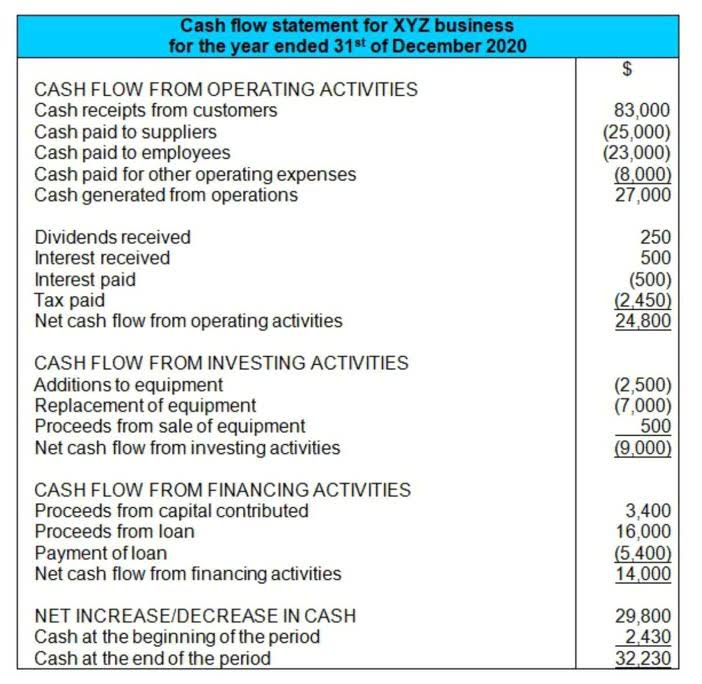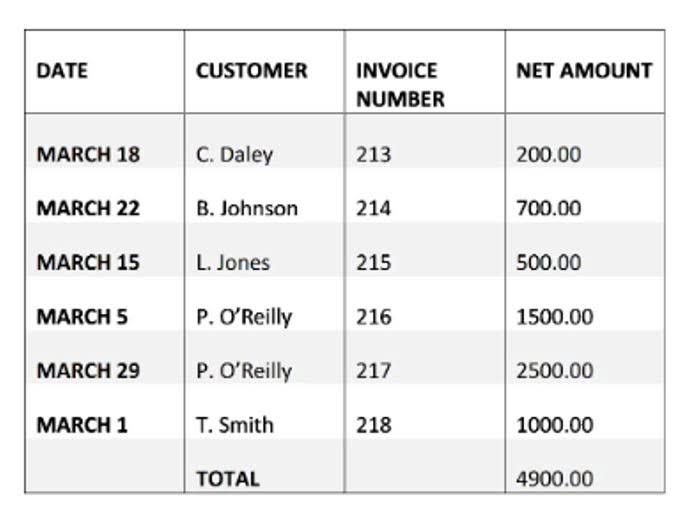
As you can see, the income and expense accounts are transferred to the income summary account. If the balance on the final account is a loss (debit balance), companies have to credit the lost amount to the retained earnings. However, each temporary account can be reset thanks to closing entries and begin the next accounting period with a zero balance.

Revenues and Gains Are Usually Credited

Likewise, shifting expenses out of the income statement requires you to credit all of the expense accounts for the total amount of expenses recorded in the period, and debit the income summary account. This is the first step to take in using the income summary account. After closing the revenue accounts, the next step in compiling the document is to close all the expense accounts. Expense accounts are always losses or costs, meaning they have debit balances.
The Classified Balance Sheet

However, the cash balances, as well as the other balance sheet accounts, are carried over from the end of a current period to the beginning of the next period. The post-closing trial balance is prepared after the closing entries have been posted to the general ledger. The post-closing trial balance will contain only permanent accounts because all the temporary accounts have been closed. Remember the income statement is like a moving picture of a business, reporting revenues and expenses for a period of time (usually a year). Once the temporary accounts have all been closed and balances have been transferred to the income summary account, the income summary account balance is transferred to the capital account or retained earnings. When the accounting period ends, all the revenue accounts are closed when the credit balance is properly transferred.
Beginning Balances and Closing Entries on an Income Summary
Answer the following questions on closing entries and rate your confidence to check your answer. We have completed the first two columns and now we have the final column which represents the closing (or archive) process. The third entry requires Income Summary to close to the Retained Earnings account. To get a zero balance in the Income Summary account, there are guidelines to consider. However, if the company also wanted to keep year-to-date information from month to month, a separate set of records could be kept as the company progresses through the remaining months in the year. For our purposes, assume that we are closing the books at the end of each month unless otherwise noted.
8 Management’s Responsibility for Financial Statements
These steps revolve around the revenue and expenses of the company. All companies have revenue and expense accounts, which need to be transferred into the company’s summary. Closing entries play a significant role in producing the accounts as they move the temporary account balances to permanent accounts on the balance sheet.
- The income summary account holds these balances until final closing entries are made.
- I imagine some of you are starting to wonder if there is an end to the types of journal entries in the accounting cycle!
- Interest Revenues are nonoperating revenues or income for companies not in the business of lending money.
- This means that the current balance of these accounts is zero, because they were closed on December 31, 2018, to complete the annual accounting period.
- Permanent accounts are not closed at the end of the accounting year; their balances are automatically carried forward to the next accounting year.
- The first is to close all of the temporary accounts in order to start with zero balances for the next year.
Income Summary vs. Income Statement
LO1 – Use an adjusted trial balance to prepare financial statements. The next and final step in the accounting cycle is to prepare one last post-closing trial balance. Notice how only the balance in retained earnings has changed and it now matches what was reported as ending retained earnings in the statement of retained earnings and the balance sheet. Understanding the accounting cycle and preparing trial balances is a practice valued internationally. The Philippines Center for Entrepreneurship and the government of the Philippines hold regular seminars going over this cycle with small business owners. They are also transparent with their internal trial balances in several key government offices.
Learning Activity 4.3 – Financial Statement Disclosure Decisions
- The company only uses this account at the end of the period to clear all accounts in the income statement.
- The entity is expected to continue operating into the foreseeable future.
- The format used above was sufficient to disclose relevant financial information for Big Dog’s simple start-up operations.
- Printing Plus has $140 of interest revenue and $10,100 of service revenue, each with a credit balance on the adjusted trial balance.
- Under the accrual basis of accounting, the Service Revenues account reports the fees earned by a company during the time period indicated in the heading of the income statement.
To accomplish this, closing entries are journalized and posted. Closing entries transfer each revenue and expense account balance, as well as any balance in the Dividend account, into retained earnings. Revenues, expenses, and dividends are therefore referred to as temporary accounts because their balances are zeroed at the end of each accounting period. Balance sheet accounts, such as retained earnings, are permanent accounts because they have a continuing balance from one fiscal year to the next. The closing process transfers temporary account balances into a permanent account, namely retained earnings.
From this trial balance, as we learned in the prior section, you make your financial statements. After the financial statements are finalized and you are 100 percent sure that all the adjustments are posted and everything is in balance, you create and post the closing entries. The closing entries are the last journal entries that get posted to the ledger.
- The income summary account is a temporary account used to store income statement account balances, revenue and expense accounts, during the closing entry step of the accounting cycle.
- At the end of the accounting year the balances will be transferred to the owner’s capital account or to a corporation’s retained earnings account.
- They make it easier for businesses to transition revenues and expenses into the balance sheet.
- Insurance Expense, Wages Expense, Advertising Expense, Interest Expense are expenses matched with the period of time in the heading of the income statement.
Income Summary Journal Entry
- In addition to recording and reporting verifiable financial information, accountants make decisions regarding how to measure transactions.
- After entries 1 and 2 above are posted to the Income Summary account, the balance in the income summary must be compared to the net income/loss reported on the income statement.
- Internal controls are the processes instituted by management of a company to direct, monitor, and measure the accomplishment of its objectives.
- The company can make the income summary journal entry by debiting the income summary account and crediting the retained earnings if the company makes a net income.
- The closing entry will credit Dividends and debit Retained Earnings.
- To get a zero balance in the Income Summary account, there are guidelines to consider.
You will notice that we do not cover step 10, reversing entries. This is an optional step in the accounting cycle that you will learn about in future courses. Steps 1 through 4 were covered in Analyzing and Recording Transactions and Steps 5 through 7 were covered in The Adjustment Process. Its use as an organizational skill is underlined does income summary have a normal balance by how it summarizes all the necessary ledger balances in one value instead of a single account balance. In addition, it summarizes all the business functions, especially the operating and non-operating activities. Often confused with income statements, the two are very different and should not be interpreted as being the other.
Are the value of your assets and liabilities now zero because of the start of a new year? Your car, electronics, and furniture did not suddenly lose all their value, and unfortunately, you still have outstanding debt. Therefore, these accounts still have a balance in the new year, because they are not closed, and the balances are carried forward from December 31 to January 1 to start the new annual accounting period. An account with a balance that is the opposite of the normal balance. For example, Accumulated Depreciation is a contra asset account, because its credit balance is contra to the debit balance for an asset account. This is an owner’s equity account and as such you would expect a credit balance.


